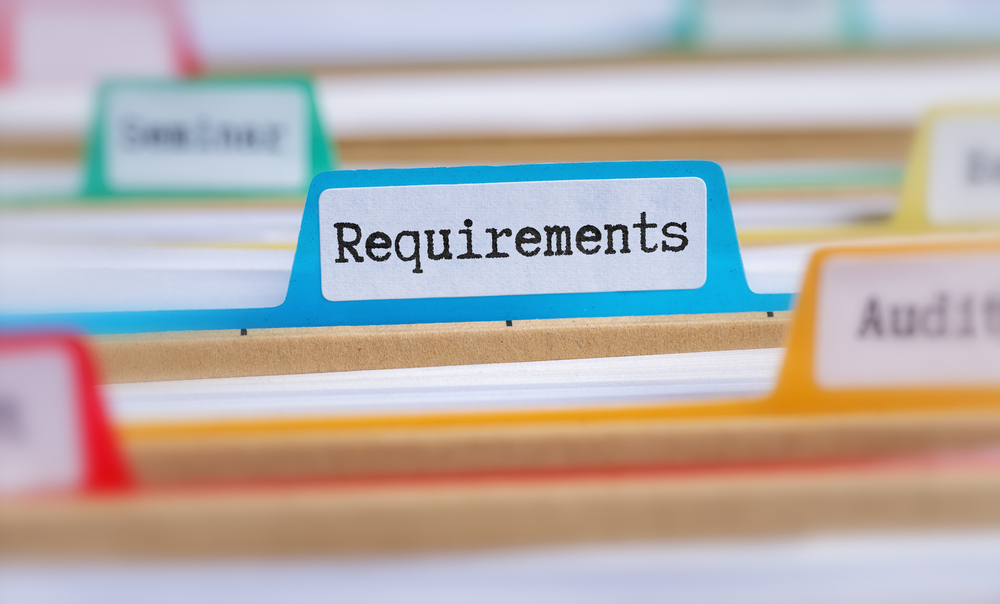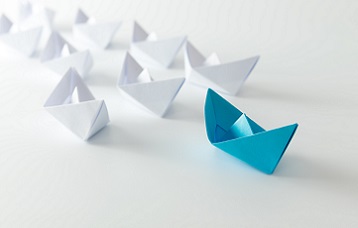Do you ever wonder what a work day for a Marketing Project Manager looks like? Have you ever wished you could see one in action and learn how to become a better project manager in the process? It comes as no surprise that project management is the talk around town, and more and more people are curious about the role. With over 32,000 marketing project manager roles in the US alone and an average salary range between $54k to $124k in the SF Bay Area, becoming a marketing project manager is table stakes into some of the leading agencies and B2B organizations.
Whether you are considering marketing project manager as a profession, thriving in your current role or at a career crossroads, taking a peek into what goes on in the project management world can leave you with a better understanding of the role and inspire new ways of thinking and doing. As a marketing project manager who’s been around the block and back, here is my unabridged version of ‘A day in the life of a marketing project manager’.
Top of the morning
7:00am: A couple of alarm-clock snoozes later (yes, that is planned intentionally ;), I get up and take a quick ten minute scan through Twitter news headlines, the weather app, email and other social media apps to levelset the day. Then I wash up, change my clothes, and leash my dog. It’s time for a morning jog or a neighborhood walk. Earbuds in and I tune into a new podcast or listen in on an audiobook. It’s a time when my mind is clear, and I am ready to think and learn new things.
8:00am: Back from my morning walk, I feed the dog and make myself a quick ‘grab and go’ breakfast. I’m a ‘coffee and a muffin’ type of person, so it’s easy and I can enjoy it on the commute. Depending on the line (and the mood), it’s either carpool, bus or bart. Carpool is good when you want to chat with strangers or if you don’t mind listening to their pick on the radio. Sometimes it’s NPR news, sometimes it’s a podcast and other times it’s a R&B, country, jazz or classical. If you want to do your own thing, AC Transit and Bart is a good way to plug in and go.
9:00am: Depending on whether you work on the agency side or the corporate side, 9:00am can be an early or late start. However, it’s the time when offices get the most foot traffic. That said, it’s a good time to check email and skim the headlines for any fires that got set ablaze from last evening or those working the midnight hours (aka workaholics or those on the other side of the globe). It’s a time to take care of all those administrative tasks: email acknowledgements, growing to-do lists and prioritizing your ‘hot lists’. Typically, I manage anywhere from five to eight different projects — all staggered and in different phases of the project lifecycle — so I like to reserve this time for a birds eye view of all my projects and dashboards.
It’s also a good time to get a refill on coffee and participate in that ‘watercooler’ chat in the hallway or kitchen. If you go to the kitchen early enough, you might be able to snag a breakfast sandwich or bagel if your company makes it a priority to feed you. Then it’s time to get back to your desk, look through project timelines for milestones and those due dates, so you can prepare your ‘hot list’ for that morning scrum.
Mid morning coffee break
10:00am: With your priorities laid out on those yellow sticky notes, you make your rounds and gather up the team for that daily scrum. Typically the project managers and account teams are already in the room — and it’s the creatives who you have to wrangle. So as a project manager, you prepare for a 10:05am start. Anything before a 10:00am start might mean it’s just you and the account team. Years of project management wisdom have taught me never to set up a meeting with a Creative before 10:00am — unless you are at the mercy of a customer. Just don’t do it. In this meeting, project managers kick it off with the agenda. We go round robin with our daily to-do’s, status updates, bottlenecks, key discussion points and forecast for the week. Everyone walks away knowing their action items and next steps.
10:30am: Feeling good that everyone is trekking towards the same goal, I use this time to update timelines, milestones and projects tasks in our project management tool based on our morning scrum. I’m a big fan of Asana, Workfront, Trello and Basecamp, so it’s easy for me to geek out, create workflows and add in the nitty gritty details. I usually follow up with the team and send out notes after our meeting so everyone is fully aligned. Everything from project timelines, key milestones, status updates and action items are all on the table.
11:00am: I like to reserve this slot to meet with customers. By this time, everyone has already checked their email, updated their own projects, and had their first or second cup of coffee, so they are ready to go. In these meetings, we talk about everything from strategy and planning to campaign themes, concepts and ideation, to the ‘down and dirty’ project-level requirements (objectives, target audience, messaging, timelines) depending where you are in the project lifecycle. It’s a time where you can really listen to your customers and ask the necessary questions to get your project to ‘liftoff’. It’s a time to share ideas, gather input and feedback, and make sure you’re on the same page as your customer.
Lunch hour
12:00pm: This is usually the time you hear your stomach start to rumble, but before giving in, I like to gather all the comments and feedback that came out of the customer meeting. Part of ensuring you’ve understood your customer is identifying all the artifacts including background information, market research, campaign ideas and examples they pointed out from current or previous campaigns. It’s equally important to organize your thoughts as it is to compartmentalize all the data and artifacts. It takes a while to synthesize all the ideas, but taking the time to sum up all the notes is essential to creating or refining a project plan. Having a good understanding of the project will inform the scope of the project and allow you to determine what resources you need to support the account. With all this good stuff in the works, it’s time to head out for a quick bite.
1:00pm: Back at my desk again, fully fueled and energized, I like to dive into all that good stuff I gathered from my customer and team meetings. I use the time to read through background information, look through all the data, and conduct some of my own research as input to begin initiating a project and entering the planning phase. It takes a good amount of time to read through all the material, so I do this over a couple of days and/or weeks. I also use this time to go through my historical database to determine if there were any similar projects or inspiration that can feed into this current project.
Afternoon stretch
2:00pm: A weekly Production Meeting is on the calendar to bring together project managers and the creative team (art directors, copywriters, designers, production artists, programmers, etc.) to look across agency wide resources. With dozens of accounts, programs and projects underway, you need to make sure you get the right team and talent both internally and externally to match the customer’s needs.
3:00pm: Knowing who is staffed on your project gives you the green light to bring the team together to plan and execute against the project plan given that the SOW is fully executed. As a project manager, you want to make sure each team member is fully briefed and understands all the requirements and nuances from the customer. Setting aside time to go over requirements, brainstorm and do some high level concepting is all part of the game plan. The 80-20 rule comes into play where we all have an understanding that 80 percent of the work is done outside of the meetings and we come together for the 20 percent to make decisions, remove bottlenecks and inch closer to achieving our goals and objectives.
4:00pm: Towards the latter part of the day, things begin to slow down. It’s time for a refill of your beverage of choice and maybe even a snack before checking your inbox — both digital and physical inbox — for proofs. Whether it’s event signage, email invites, campaign assets and/or copy reviews, I’ll allocate a decent amount of time to glean through both the copy and design to make sure it’s exactly as the customer specified. It’s a good practice to bring up the requirements doc along with any specs to make sure the output meets the criteria. It’s good to have both a digital and hardcopy of the assets, and a red pen to mark up all your recommended edits.
End of Day
5:00pm: With the last few hours of the day, I’ll finish up reviewing assets and sending them back to the creative services manager or traffic manager to make sure they are properly routed back to the creative team. Rarely are things ever done in the first two or three rounds, and it’s not out of the ordinary to have seven, eight, nine or ten rounds of review. Eagle eyes welcomed.
6:00pm: As I begin to close out for the day, I’ll check through my email once again to make sure everything that needed to be addressed has been addressed, and no further fires are in a clear line of sight. If they are, it’s likely the laptop is coming home. But here, we are all able to wind down, check off everything on those to-do lists, and pack up. Until tomorrow….
Well, I hope you enjoyed this unabridged version of ‘a day in the life of a marketing project manager’, and that it sparked just about as much curiosity and interest for this role as it did for me. It’s a career that I truly believe brings tangible and intangible value to organizations, and hopefully one that will inspire others to consider. If you have any questions or want to learn more about marketing project management on both the agency or corporate side, feel free to reach out or check out some of my other project management articles.












Follow Me